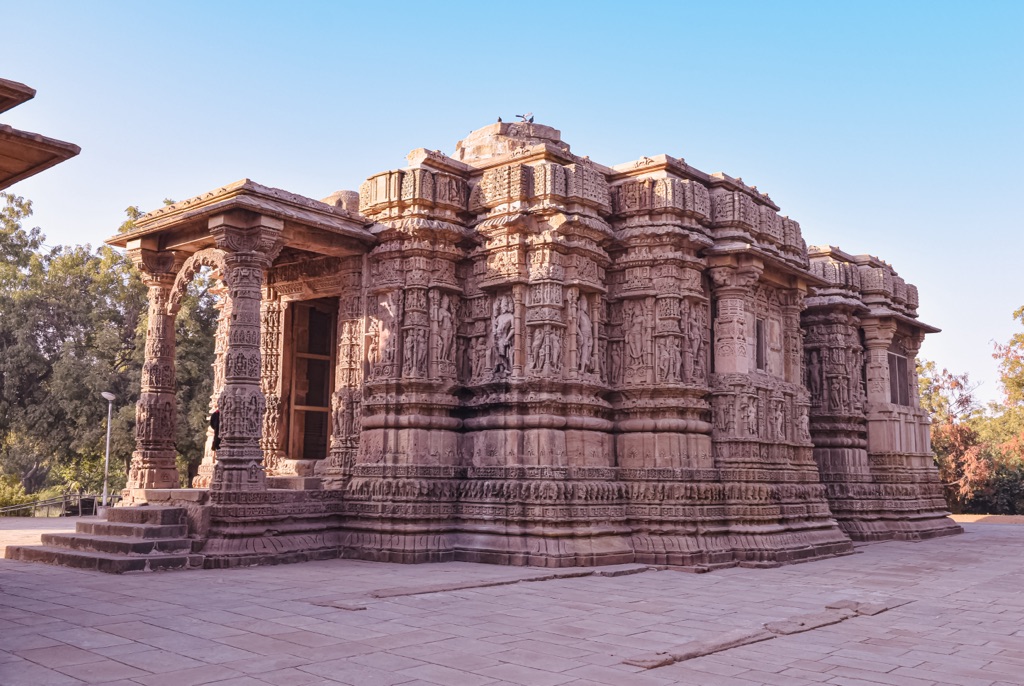The Sun Temple Konark, located in the eastern state of Odisha, India, is a 13th-century architectural marvel and a UNESCO World Heritage Site. Dedicated to the Hindu Sun God Surya, this temple is renowned for its intricate carvings, colossal chariot shape, and sophisticated engineering. It stands as a testament to the artistic and scientific achievements of ancient India. The temple’s design symbolizes the chariot of Surya, with 24 wheels and seven horses, reflecting the passage of time and the perpetual cycle of days and nights.
Get your dose of History via Email
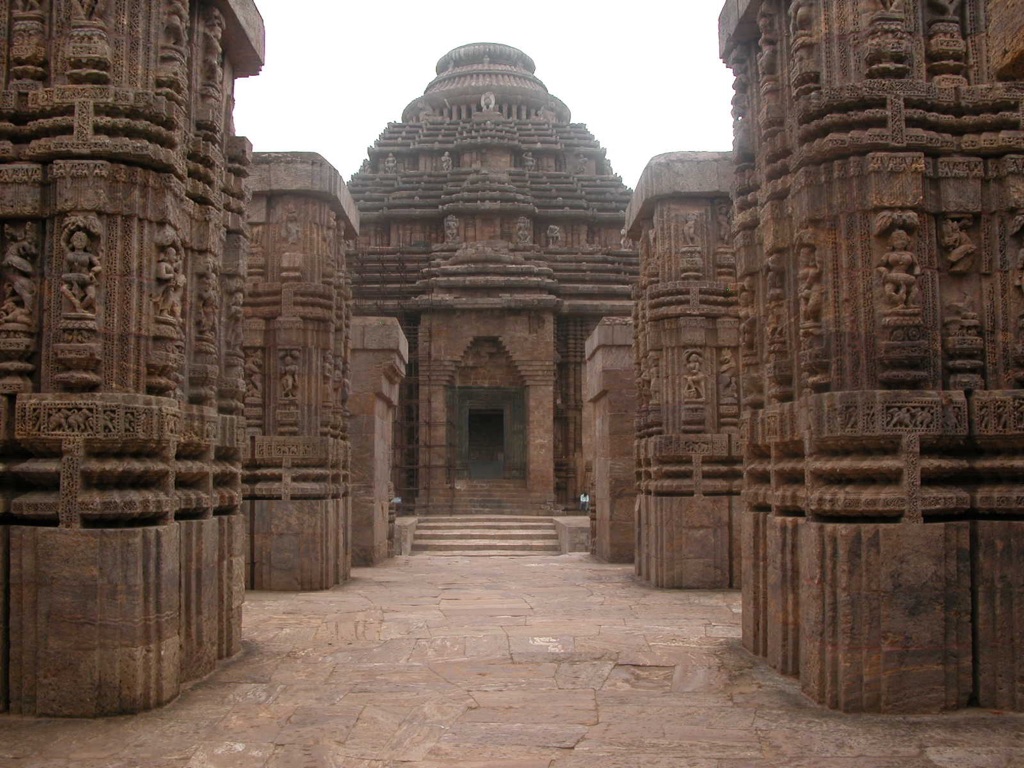
Historical Background of Sun Temple Konark
The Sun Temple Konark was built in the 13th century by King Narasimhadeva I of the Eastern Ganga Dynasty. Its construction marked the pinnacle of temple architecture in the region. The temple was a significant religious site, attracting pilgrims and worshippers from far and wide. Over time, it fell into neglect and was buried under sand until its rediscovery in the 19th century by British archaeologist John Beames.
Local legends and historical records suggest that the temple was not only a spiritual hub but also a center for learning. It housed a community of priests, dancers, and artisans. The temple’s strategic coastal location meant it was a landmark for European sailors, who referred to it as the ‘Black Pagoda’ due to its dark color and ability to guide ships.
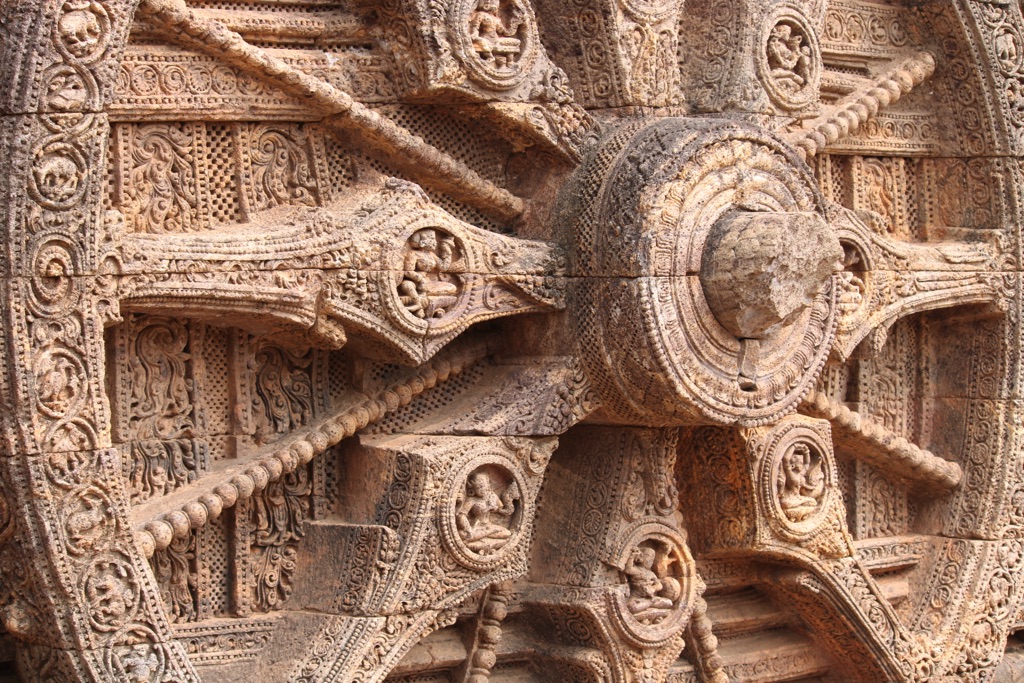
Despite its initial grandeur, the temple suffered from natural erosion and human interference. The main sanctum, which once stood over 200 feet tall, collapsed in the 19th century. Subsequent conservation efforts have focused on preserving the remaining structures and the intricate artwork that adorns them.
The Sun Temple Konark has witnessed several historical events, including invasions and regional conflicts. Its architecture reflects the socio-political climate of the time, showcasing the influence of both Hindu and Buddhist styles. This blend of cultural influences is a hallmark of the Ganga Dynasty’s patronage of the arts.
Today, the temple is a protected monument under the Archaeological Survey of India. It continues to be a site of historical importance and a symbol of India’s rich cultural heritage. The annual Konark Dance Festival, held in the temple’s vicinity, celebrates its historical connection with various classical dance forms.
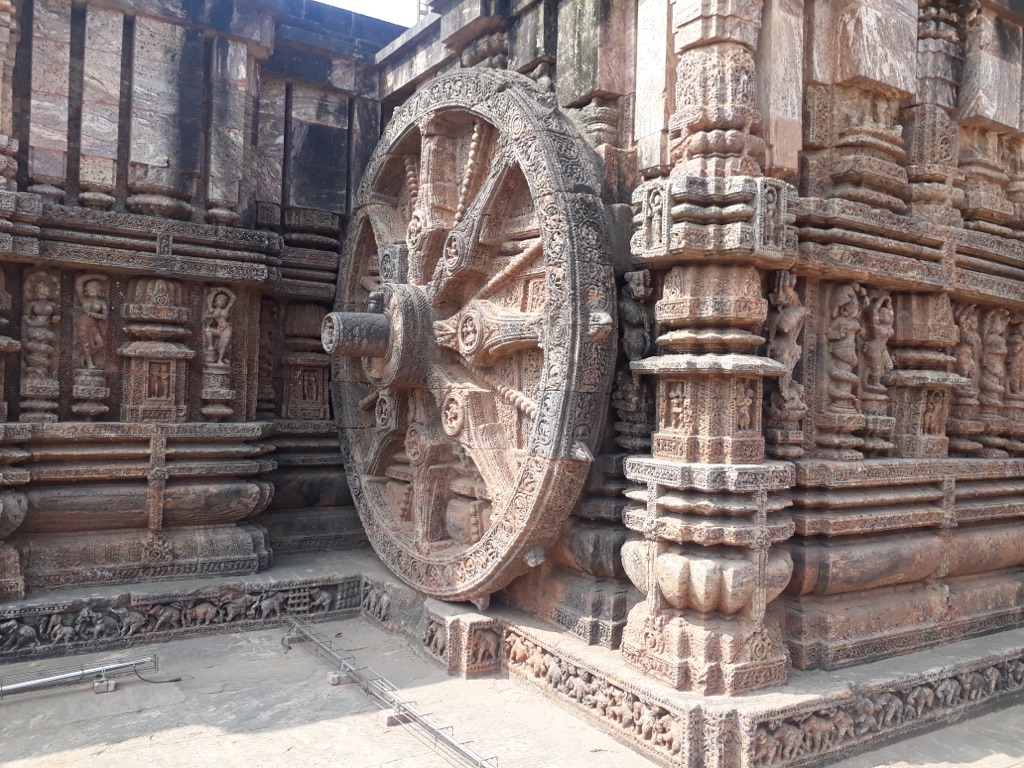
About Sun Temple Konark
The Sun Temple Konark is a masterpiece of Kalinga architecture, characterized by its ornate design and symbolic motifs. The temple complex is designed in the shape of a gigantic chariot, with twelve pairs of intricately carved stone wheels and seven horses, representing the chariot of the Sun God, Surya. Each wheel is a sundial that can be used to calculate time accurately.
The temple’s main sanctum, now in ruins, was originally constructed to house the deity of Surya. The audience hall, dance hall, and dining hall remain as remnants of the temple’s original layout. The temple walls are embellished with exquisite stone carvings depicting scenes from Hindu mythology, social life, and martial activities.
Chlorite, laterite, and khondalite stones were the primary materials used in the temple’s construction. These materials were locally sourced and are known for their durability and suitability for detailed carving. The construction techniques employed by the builders were advanced for their time, involving interlocking stones without the use of mortar.
Architectural highlights of the temple include the Natya Mandapa (dance hall), which showcases an array of sculptures that reflect the temple’s association with dance and music. The temple’s design also incorporates numerous erotic sculptures, which are believed to symbolize the tantric practices that were prevalent during the era.
The temple’s alignment with the Earth’s axis and its orientation towards the sunrise during the equinoxes demonstrate the builders’ advanced understanding of astronomy. The precision of the temple’s architectural features highlights the scientific knowledge of the time.
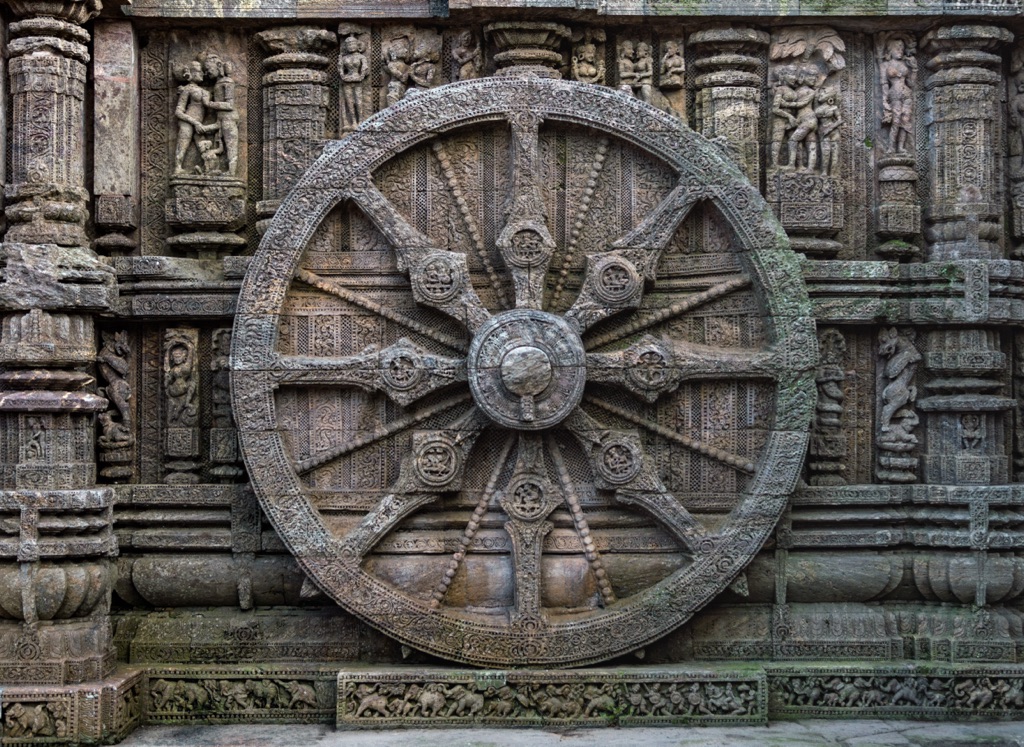
Theories and Interpretations
Several theories have been proposed regarding the original purpose and subsequent abandonment of the Sun Temple Konark. Some scholars believe that the temple was used as a navigational aid and a center for astronomical studies, while others suggest it was a place of worship and spiritual education.
The mystery of the temple’s main tower’s collapse has led to various interpretations. Some attribute it to a natural disaster, while others speculate that it was intentionally destroyed due to political or religious reasons. The presence of iron beams in the structure has also led to theories about the temple’s magnetic field influencing its structural integrity.
The erotic sculptures on the temple walls have been subject to different interpretations. While some view them as expressions of tantric practices, others see them as a celebration of life and a testament to the societal openness of the time.
Archaeological studies and carbon dating have been employed to understand the temple’s chronology. These scientific methods have helped establish the temple’s age and provided insights into the materials and techniques used in its construction.
The Sun Temple Konark continues to be a subject of research and interpretation. Its complex symbolism and architectural features offer a window into the past, allowing historians and archaeologists to piece together the cultural and religious practices of the era.
At a glance
Country: India
Civilization: Eastern Ganga Dynasty
Age: 13th Century AD
Conclusion and Sources
Reputable sources used in creating this article:
- Wikipedia: https://en.wikipedia.org/wiki/Konark_Sun_Temple
- World History Encyclopedia: https://www.worldhistory.org/Konark_Sun_Temple/
- Archaeological Survey of India: http://asi.nic.in/
- UNESCO World Heritage Centre: https://whc.unesco.org/en/list/246

